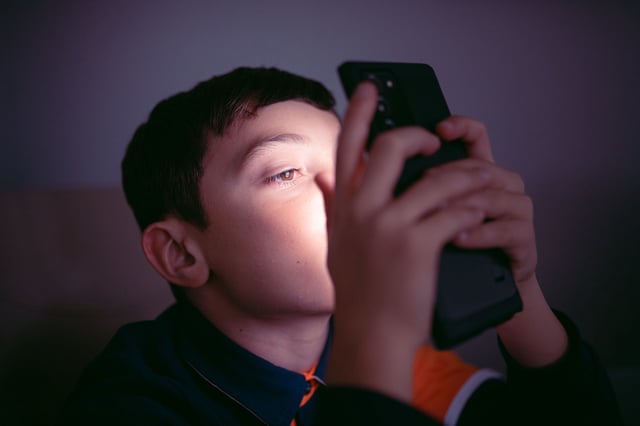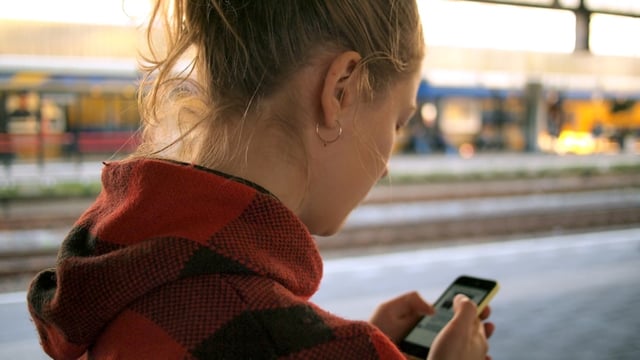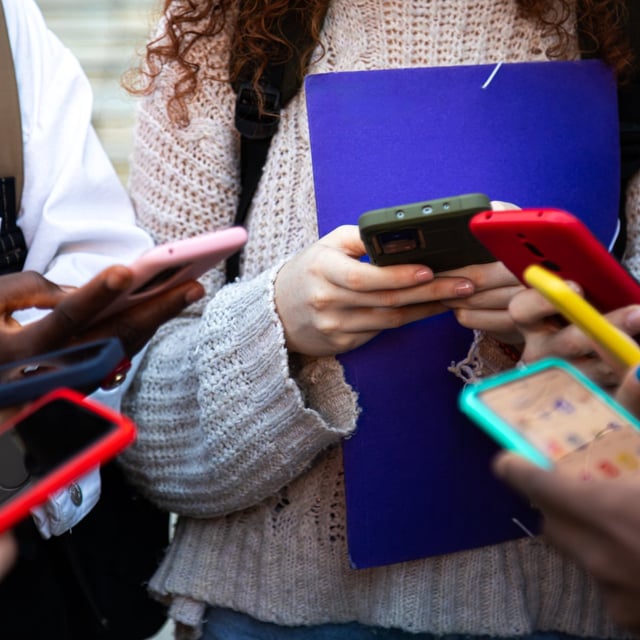Overview
- A JAMA study tracked 4,285 US children from ages 9–10 over four years, using machine learning to identify high, increasing and low addictive use trajectories across social media, mobile phones and video games.
- High or rising addictive screen use—marked by cravings, distress when not using and interference with daily life—doubled to tripled the risk of suicidal thoughts and behaviors by age 14.
- Total hours spent on screens showed no link to later suicide-related or mental health outcomes, refocusing concern on the quality and compulsion of use rather than duration.
- Researchers advise cognitive-behavioral therapy approaches targeting addictive behaviors over blanket screen-time limits and suggest repeated assessments to detect emerging high-risk use patterns.
- Psychologists and policymakers are calling on technology companies to implement age-appropriate design safeguards to reduce addictive features and protect adolescent mental health.



